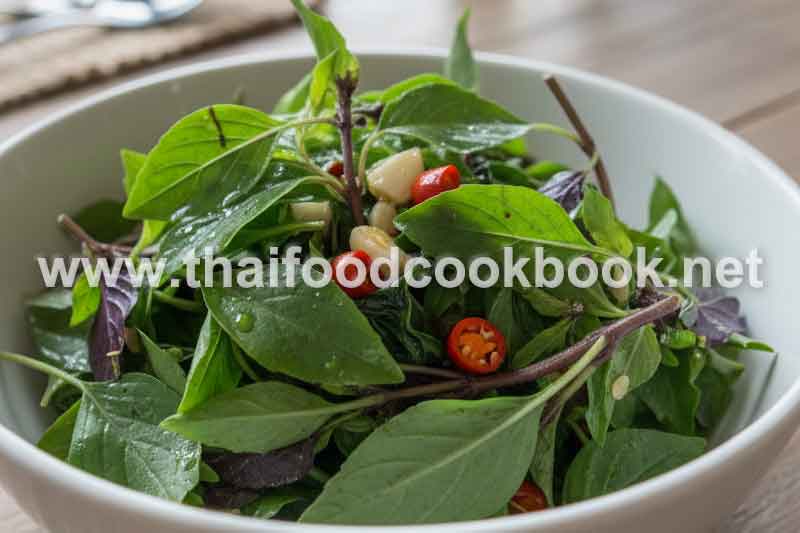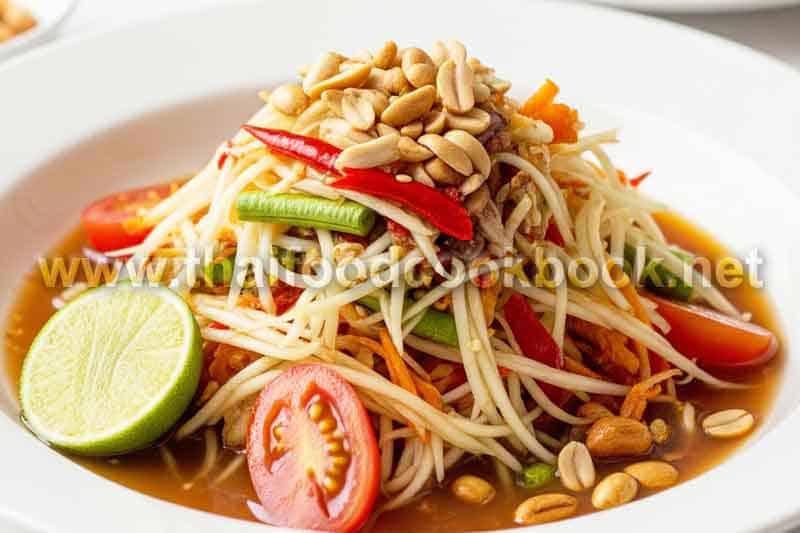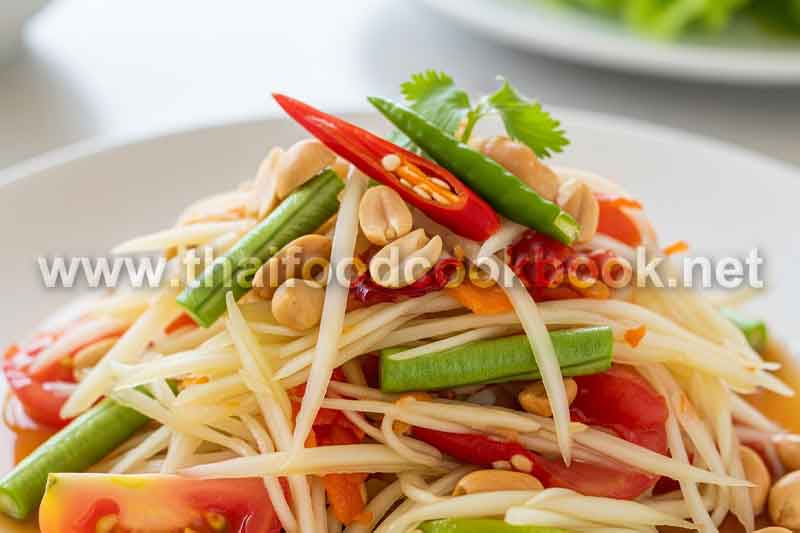Must-Have Thai Ingredients for Authentic Flavor
Recreating Thai cuisine outside of Thailand is deeply rewarding, yet international cooks often feel overwhelmed when certain flavors don’t taste “right,” even when they follow the recipe step-by-step. This usually happens because the core ingredients that build authentic Thai flavor are missing, substituted incorrectly, or used in the wrong proportion. Many beginners also struggle to distinguish between similar herbs or sauces that affect aroma and depth of flavor in a dramatic way. By understanding which ingredients are absolutely essential for building Thai taste at its foundation, it becomes much easier to cook confidently and deliver dishes that feel truly local — not just “Thai-inspired.” Whether someone is preparing homemade meals or launching a small restaurant abroad, choosing the right flavor base, aromatics, and condiments ensures the difference between average and unforgettable Thai cooking.
Essential Thai Aromatics Used in Nearly Every Dish
Thai cuisine is built on fresh aromatics that define both fragrance and flavor. These are not optional accents — they are the pillars that give Thai food its unique identity. Without them, the taste profile becomes flat or generic. The three most fundamental aromatics for building Thai cuisine include:
- Lemongrass – brings citrusy brightness, used in soups, curries, marinades.
- Galangal – a cousin of ginger but more floral and sharp, essential for Tom Yum and curry paste.
- Kaffir Lime Leaves – deeply aromatic leaves that define signature Thai fragrance.
When cooking abroad, substituting these with regular ginger or lime zest will never replicate the same outcome. For best results, cooks should seek them frozen or dried if fresh supply is limited. These aromatics are also typically bruised or torn before use to release essential oils, which allows heat to intensify fragrance while cooking.
Core Seasonings That Create True Thai Flavor Balance
Authenticity in Thai cuisine depends heavily on how seasoning is layered. The famous “four elements” of Thai taste — sweet, salty, sour, and spicy — are not randomly added. Each dish has a deliberate balance shaped by core sauces and fermented ingredients. The most necessary condiments include:
- Fish Sauce – the foundation of saltiness with ocean umami.
- Soy Sauce and Light Soy Sauce – used for depth and darker savory tone.
- Palm Sugar – creates a natural sweetness that cane sugar can’t reproduce.
- Tamarind Paste – delivers gentle acidity and depth, not just sourness.
- Thai Chili – for heat that is aromatic, not just spicy.
These condiments do more than “season” — they build structural flavor. Fish sauce, for example, should never be replaced with table salt in Pad Thai or Tom Yum; doing so removes the complexity of umami. Palm sugar also melts more smoothly into liquids and fat, creating a richer and rounder flavor than white sugar.
Thai Herbs That Add Identity, Not Just Freshness
Beyond aromatics, fresh herbs shape the top layers of Thai flavor. They are usually added at the end of cooking to preserve their fragrance. The most important herbs include:
- Thai Basil (Horapa) – sweet, fragrant, used in green curry and wok dishes.
- Holy Basil (Krapao) – spicy and peppery, essential in Pad Kra Pao.
- Coriander Root – used as a marinade base and in curry paste.
- Pandan Leaves – used for desserts and scented steaming.
In foreign markets, Italian basil may seem like a replacement for Thai basil, but it lacks the same perfume-like aroma and sweetness. This is why flavor can feel “almost Thai, but not quite.” Whenever possible, sourcing real Thai herbs keeps the integrity of the dish intact.
How Thai Ingredients Work Together to Build Authentic Layers of Flavor
Thai cuisine is not random seasoning; it is architectural flavor-building. First, aroma is built using lemongrass, kaffir lime leaf, or galangal. Then seasoning gives structure using fish sauce, soy sauce, and palm sugar. Finally, brightness or heat tops the dish with lime, chili, and fresh herbs. When these layers connect, the result is deep, fragrant, and balanced.
Five Ingredient Groups & When to Use Them Correctly
The best way to understand Thai ingredients is by grouping them by function:
- Base Aromatics – lemongrass, galangal, kaffir lime leaf.
- Flavor Builders – fish sauce, palm sugar, soy sauce.
- Heat & Brightness – Thai chilies, lime juice, tamarind.
- Finishing Herbs – Thai basil, holy basil, coriander.
- Richness Agents – coconut milk, shrimp paste.
This structure is why Thai dishes feel layered: the foundation is built long before final seasoning.
Coconut Milk and Curry Pastes: The Heart of Thai Comfort Cooking
Coconut milk is not merely a liquid — it is texture and body. Good coconut milk must be thick and aromatic. Thin substitutes make curry watery instead of creamy. Thai curry pastes also rely on real herbs rather than dry powders. A proper curry paste is made from:
- Galangal
- Lemongrass
- Garlic
- Shallots
- Chili
- Kaffir lime zest
- Shrimp paste
Removing even one of these ingredients weakens the aroma profile significantly. Therefore cooks outside Thailand should seek ready-made curry pastes from trusted Thai brands if homemade paste is not feasible.
Ingredient Selection Tips for Cooks Living Abroad
People starting a Thai kitchen abroad often worry about availability. These tips make shopping easier:
- Frozen lemongrass and kaffir leaves retain their aroma.
- Thai basil can be grown in a pot if not available locally.
- Palm sugar blocks can be shaved for easier use.
- Premium fish sauce lasts long and is worth the investment.
Five Must-Have Ingredients Explained with Usage Tips
1. Fish Sauce (Nam Pla)
Used in nearly every savory dish. Gives umami depth no salt can replace. Works in stir-fries, soups, marinades, and dipping sauce.
2. Kaffir Lime Leaves
Crucial for soups and curries. Tear before adding to release essential oils. Never substitute with regular lime.
3. Thai Chilies
Provide not only heat but fragrance. Dried chilies produce smoky depth, while fresh chilies are bright and sharp.
4. Palm Sugar
Gives mellow sweetness. Melts slowly and adds richness to sauces without sharpness of white sugar.
5. Coconut Milk
Defines Thai curries and desserts with silky texture and creamy body.
Ten Extra Staples Every Thai Pantry Abroad Should Include
- Light soy sauce
- Oyster sauce
- Tamarind paste
- Coriander root
- Galangal
- Lemongrass
- Sesame oil (optional fusion)
- Chili paste in oil
- Rice noodles
- Curry paste assortment
Summary of Building Authentic Thai Flavor Outside Thailand
Real Thai cooking depends on aromatics, balance, and proper condiments that work together to create layered complexity. Proper sourcing and selection ensure flavor stays true no matter where the kitchen is located. Many home cooks and vendors abroad use guidance from Thai culinary standards to help select the right herbs and seasonings so flavor integrity remains strong and consistent from recipe to recipe.


